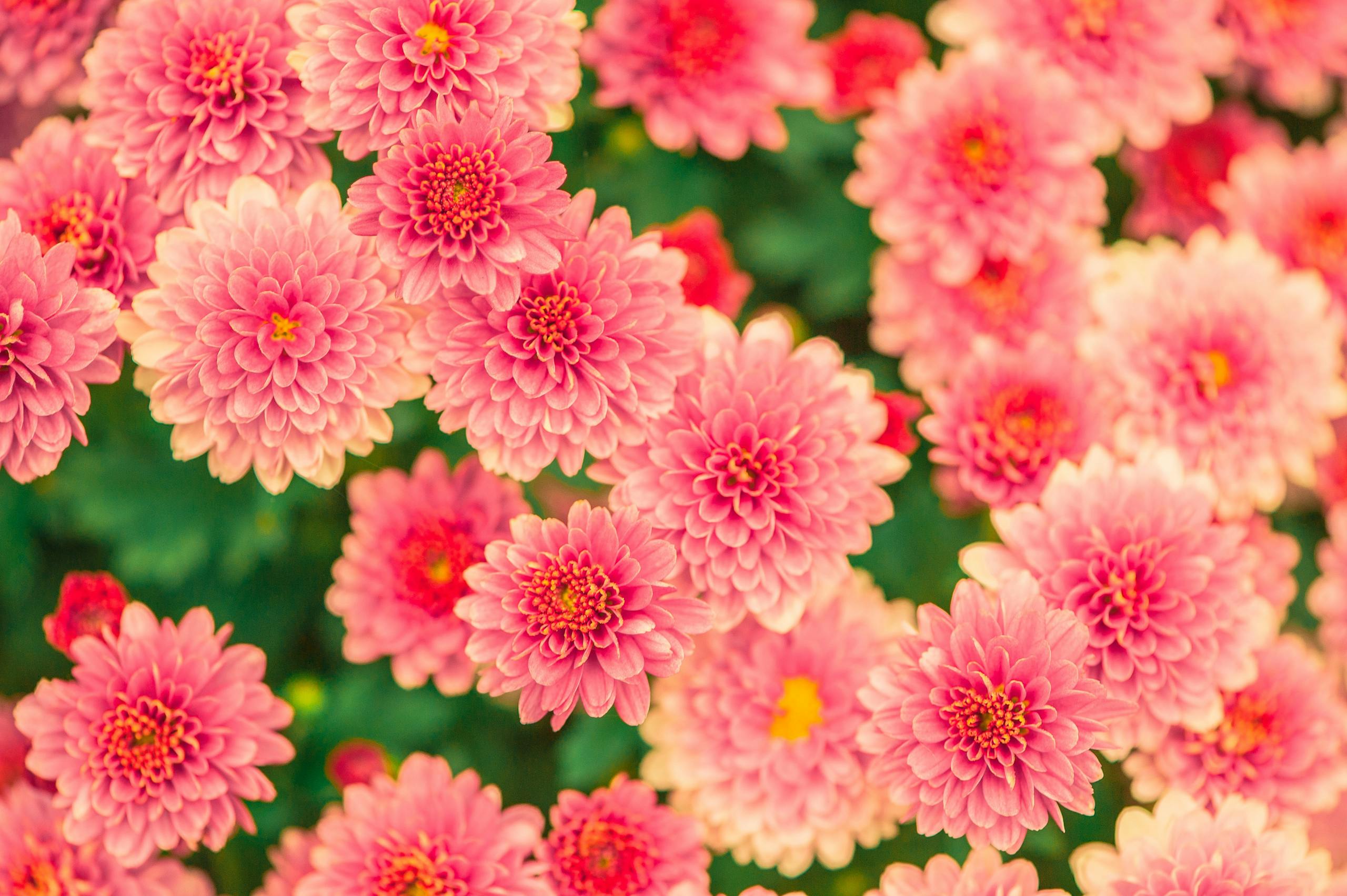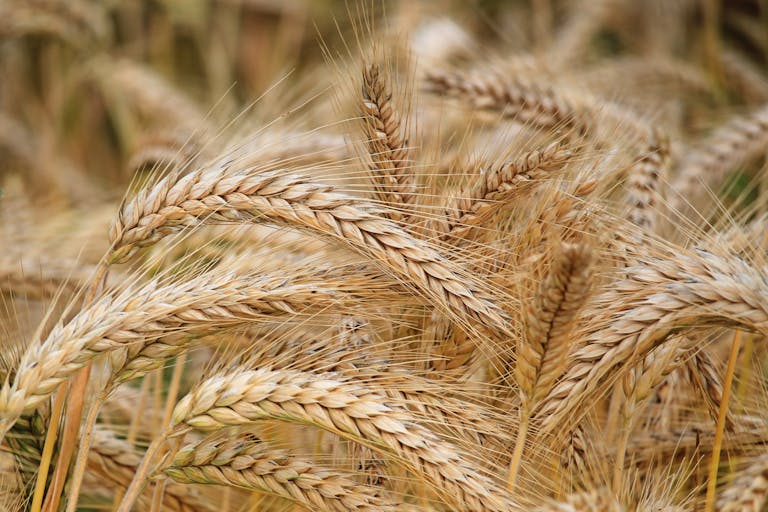Do Flowers’ Scents Shape Who Visits Them—and Who Lives on Them?

A new study published in New Phytologist (2025) has revealed something fascinating about the unseen connections between flowers, pollinators, and microbes. Researchers have discovered that the chemical diversity of floral scents—basically, how many different aroma compounds a flower produces—affects not just which insects visit the plant, but also which bacteria live on its petals.
Using data from alpine plant species growing in mountain meadows, scientists from Marburg University (Germany) and collaborators explored how a flower’s unique “scent chemistry” influences both the richness of its insect visitors and the diversity of bacterial strains residing on its surface. Their findings revealed an unexpected pattern: flowers that produce a wider range of scent molecules attract more types of pollinators but host fewer kinds of bacteria.
This relationship led to a new concept the researchers call the “Filthy Pollinator Hypothesis.”
The Filthy Pollinator Hypothesis
The hypothesis rests on two main ideas:
- Chemically complex scents draw in more pollinators. Flowers with a more diverse bouquet of volatile organic compounds (VOCs) seem to appeal to a greater range of insects—from bees to flies—boosting pollinator richness.
- Scent diversity protects against unwanted microbes. Even though more pollinators could mean more opportunities for microbial transmission, these chemically rich scents appear to prevent excessive microbial colonization. Certain volatile compounds may act as natural filters or antimicrobial agents, discouraging the establishment of harmful bacteria while still allowing beneficial ones.
In simpler terms, floral scent diversity helps plants strike a balance—enticing many pollinators while keeping harmful microbes at bay.
What the Researchers Did
The research team, led by Maximilian Hanusch, Ph.D., studied wild alpine plant species native to high-elevation ecosystems. They examined each flower’s volatile chemical profile—the blend of aromatic molecules emitted—and used this to calculate its chemodiversity, or scent diversity.
They also conducted detailed field surveys to record which insect species visited each flower and how many different kinds appeared. At the same time, they sampled microbial communities directly from the flowers, identifying bacterial species through DNA sequencing.
After analyzing the data with statistical models that accounted for environmental factors like elevation and species identity, a clear pattern emerged: higher floral scent chemodiversity correlated strongly with greater pollinator richness but lower bacterial richness.
The Numbers Tell the Story
Quantitatively, the study found that for a given increase in scent diversity, pollinator richness increased by roughly 2.5 times, while bacterial richness dropped to around one-third of what would be expected in less chemically diverse flowers. That’s a strong signal suggesting that scent chemistry doesn’t just influence who visits the flower—it also shapes who can live there.
This phenomenon was observed across numerous alpine species, strengthening the argument that the effect is ecological rather than species-specific.
Why This Matters
The study’s findings give new weight to an old question in plant biology: why do flowers produce such complex scents?
Traditionally, floral scent has been viewed mainly as a tool to attract pollinators—a way for plants to advertise nectar rewards and guide insects to their reproductive organs. But this research shows that scents also serve a defensive role, shaping microbial communities and possibly preventing harmful infections.
Flowers are constantly exposed to microbes—many hitchhiking on the legs and bodies of pollinators. By producing a diverse mix of chemical compounds, plants may effectively control which microbes can survive on their surfaces, maintaining a healthy microbial balance. It’s like a natural self-cleaning system built into the flower’s fragrance.
The Science Behind Floral Scents
Flowers produce their scents through a range of volatile organic compounds (VOCs)—tiny molecules that evaporate easily and travel through the air. These compounds include terpenoids, benzenoids, and fatty acid derivatives, which together create the vast variety of floral fragrances we recognize.
Each compound can serve a different function:
- Some attract specific pollinators (for example, bees prefer floral odors rich in linalool or phenylacetaldehyde).
- Others deter herbivores or repel harmful microbes.
- Some act as chemical cues that help pollinators distinguish between plant species or assess nectar quality.
The diversity of these scent compounds—how many there are and how evenly they are represented—is what scientists refer to as chemodiversity. It’s this chemical richness that appears to drive both pollinator diversity and microbial filtering.
The Dual Role of Floral Scents
This study emphasizes that floral scents play two simultaneous ecological roles:
- Attraction: Chemically diverse scents widen the appeal of a flower, making it more likely to attract multiple insect species. A broader set of pollinators can improve cross-pollination and increase the plant’s reproductive success.
- Defense: Certain scent compounds have antimicrobial properties, creating a biochemical environment that discourages bacterial colonization. In essence, the flower “chooses” which microbes get to stay.
These dual functions may explain why evolution favors complex scent bouquets—not just for communication with pollinators but also for microbial management. Evolutionarily speaking, maintaining high scent chemodiversity may give plants a competitive advantage in ecosystems where both pollinators and microbes play crucial roles.
The Broader Ecological Context
Flowers are ecological hotspots where plants, insects, and microbes constantly interact. Pollinators don’t just transfer pollen; they also move bacteria, fungi, and viruses from flower to flower. In this complex network, the chemistry of scent might serve as an ecological filter, controlling both who visits and who stays.
Understanding this relationship could have wide implications:
- In agriculture: Manipulating floral scent profiles could help farmers attract beneficial pollinators while reducing disease-causing microbes on crop flowers.
- In conservation: Protecting floral scent diversity may be key to maintaining pollinator diversity, especially in alpine and temperate ecosystems where both are under threat.
- In microbial ecology: This study opens new doors to exploring how plant chemistry influences microbial community assembly—an area still largely understudied.
Limitations and Future Directions
The study was observational, meaning it didn’t manipulate scent diversity directly. Future research could test the Filthy Pollinator Hypothesis experimentally—by artificially altering scent diversity and observing changes in both pollinator visitation and microbial colonization.
Researchers are also interested in which specific compounds are responsible for microbial filtering. Are certain VOCs acting as natural antibiotics? Could plants be “tuning” their scent chemistry to manage microbes as well as pollinators?
Moreover, it remains to be seen how these relationships hold up in different environments—such as tropical rainforests or agricultural fields—where plant species and microbial communities differ drastically from alpine ecosystems.
Why You Should Care
This discovery is more than just a quirky fact about flower perfume—it highlights how deeply interconnected life forms are. Every sniff of a flower carries the story of plant evolution, pollinator behavior, and microbial ecology, all woven together through chemistry.
It also reminds us that even something as familiar as a floral scent isn’t just for our enjoyment—it’s a sophisticated communication system, honed by millions of years of evolution, balancing attraction and defense in a single breath.
Research Reference:
Hanusch, M., Dötterl, S., Larue-Kontić, A.A.C., Keller, A., & Junker, R.R. (2025). Floral scent chemodiversity is associated with high floral visitor but low bacterial richness on flowers. New Phytologist. DOI: 10.1111/nph.70600





